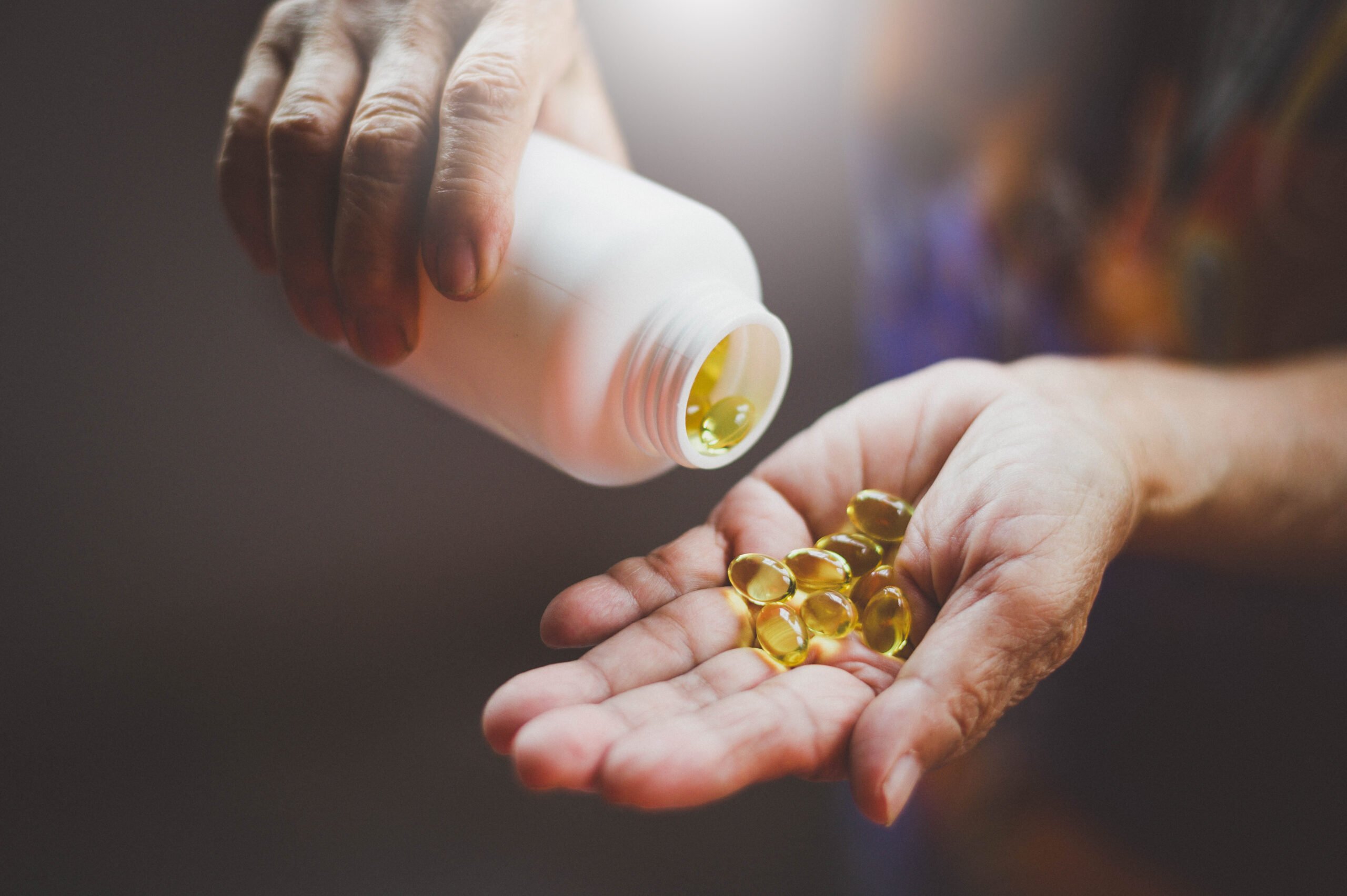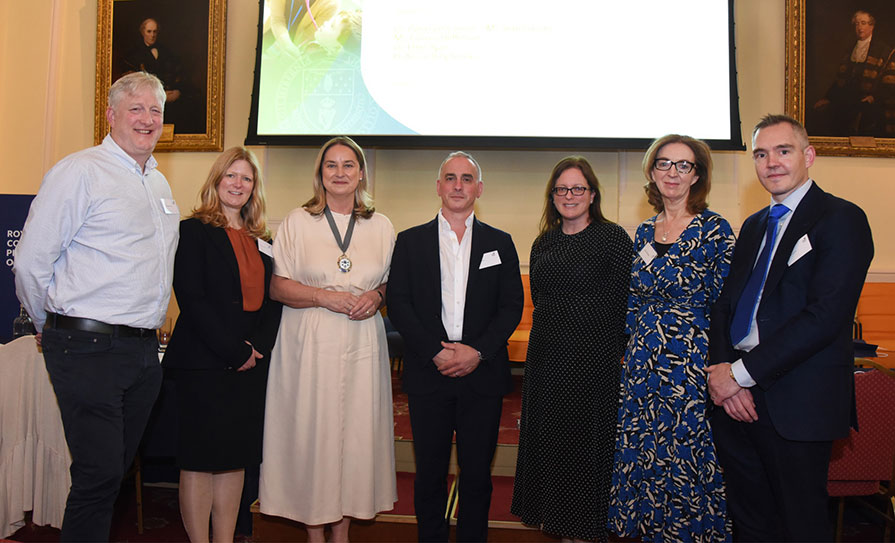Researchers have highlighted increases in vitamin D levels during the pandemic in a number of presentations at this year’s IES annual meeting. Vitamin D levels increased and deficiency decreased between 2015-20 and 2020-21 in a study population in the west of Ireland, the meeting heard in an oral presentation by Ms Caoimhe Moran, School of Biological and Health Sciences, Technological University Dublin, and colleagues.
Vitamin D may reduce the risk and severity of infection with the SARS-CoV-2 virus, but the effects of lockdown on population vitamin D status in Ireland were unknown. Following their cross-sectional study ‘Changes in vitamin D concentration and deficiency in the West of Ireland during the Covid-19 lockdown’, she added that it remained unknown whether this trend related to lockdown or to changes in diet and supplementation practices.
This study compared wintertime serum 25 OHD in 16,725 samples analysed between October and February 2015-20 (13,449 samples) and between October 2020 and February 2021 (3,276 samples) at University Hospital Galway (UHG). Vitamin D deficiency was defined at the IoM ((<30nmol/L) and Endocrine Society (<50nmol/L) thresholds. Mean total serum vitamin D and mean serum vitamin D3 concentrations were higher in 2020-21 (65.7nmol/l and 61.7nmol/l respectively) than in 2015-2020 (59.9nmol/l and 55.6nmol/l respectively) (p<0.001). Prevalence of deficiency decreased at the <30nmol/L threshold from 18.2-to-14.6 per cent, and at 50nmol/L threshold from 43.6-to-34.6 per cent, between 2015-20 and 2020-21.
Deficiency at both thresholds was more common in females (p<0.001). Deficiency was higher in inpatients and nursing home residents than in outpatients and GP patients, with a trend towards greater deficiency in younger adults. During the Q & A following her presentation, Ms Moran agreed the importance of good public health advice directing the public to appropriate levels of supplementation. Another cross-sectional study: ‘Sex, sunshine, and sample-origin – predictors of emerging spring and summertime vitamin D deficiency trends amongst Irish adults during the Covid-19 lockdown’ by Ms Maria O’Sullivan, School of Biological and Health Sciences, Technological University Dublin, and colleagues found, overall, vitamin D deficiency was more prevalent in males, hospital inpatients, and nursing home residents.
The divergent trends in vitamin D status between males and females between 2015-19 and 2020 suggested possible sex-specific differences in the effects of lockdown, and of diet and supplementation changes, on vitamin D status. A further study by Mark Kilbane and colleagues at St Vincent’s University Hospital in Dublin, detailed how they had conducted a laboratory-based trend analysis of serum 25-hydroxyvitamin D (25OHD) comparing yearly average concentration in the 12 months prior to the pandemic with the first 12 months of the pandemic. In a large sample, they noted the average yearly 25OHD increased by 2.8nmol/L in combination with a lower percent of low vitamin D status and a higher per cent of high vitamin D status.
The yearly increase was almost threefold higher than the yearly increase in average 25OHD based on two similar trend analyses that they conducted between 1993 and 2016. This indicated “that caution should be exercised about blanket recommendations for vitamin D supplementation in favour of maximising low dose daily supplementation in at-risk groups and clinically vulnerable patients”.
They advised strongly in favour of targeted supplementation policies. Following an audit of serum (25OHD) measures in the Irish population during the 2019-21 Covid-19 pandemic, Ms Katrina Hutchinson, Eurofins Biomnis, and colleagues found vitamin D mean concentrations had increased annually since 2019, particularly in 2020. They suggested this was probably due to lifestyle changes in Ireland because of lockdowns, which might have allowed more outdoor activity. They added in their poster that further audits in 2022 would enable them to fully examine changes in vitamin D status in Ireland when lockdown had finished













Leave a Reply
You must be logged in to post a comment.